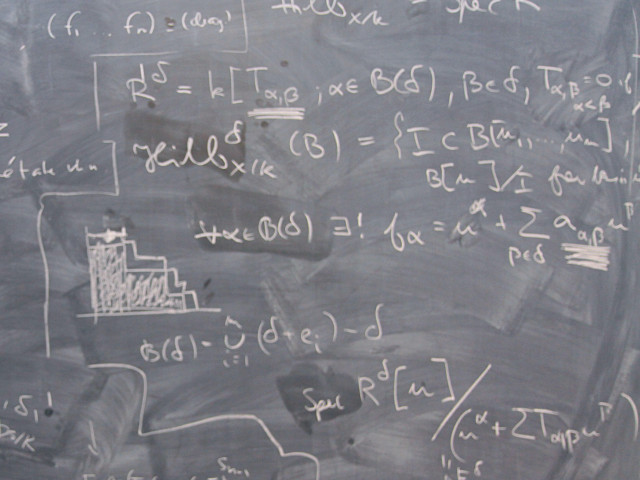Examples of applications and modelling training. Basic concepts and theory for optimization, in particular theory for convex problems. Some linear algebra in R^n, in particular bases for the four fundamental subspaces corresponding to a given matrix, and LDLT-factorization of a symmetric definite matrix. Linear optimization, including duality theory. Optimization of flows in networks. Quadratic optimization with linear constraints. Linear least squares problems, in particular minimum norm solutions. Unconstrained nonlinear optimization, in particular nonlinear least squares problems. Optimality conditions for constrained nonlinear optimization, in particular for convex problems. Lagrangian relaxation.
SF1841 Optimization 6.0 credits
This course has been discontinued.
Decision to discontinue this course:
No information inserted
Information per course offering
Course offerings are missing for current or upcoming semesters.
Course syllabus as PDF
Please note: all information from the Course syllabus is available on this page in an accessible format.
Course syllabus SF1841 (Spring 2011–)Content and learning outcomes
Course contents
Intended learning outcomes
The overall purpose of the course is that the student should get well acquainted with basic concepts, theory, models and solution methods for optimization. Further, the student should get basic skills in modelling and computer based solving of various applied optimization problems.
Literature and preparations
Specific prerequisites
In general:
Completed upper secondary education including documented proficiency in English corresponding to English B. And 28 university credits (hp) in mathematics.
More precisely for KTH students:
Passed courses in calculus, linear algebra, differential equations, mathematical statistics, numerical analysis.
Literature
Linear and Nonlinear Programming by Nash and Sofer, McGraw-Hill, and some lecture notes.
Examination and completion
Grading scale
Examination
- TEN1 - Examination, 6.0 credits, grading scale: A, B, C, D, E, FX, F
Based on recommendation from KTH’s coordinator for disabilities, the examiner will decide how to adapt an examination for students with documented disability.
The examiner may apply another examination format when re-examining individual students.
If the course is discontinued, students may request to be examined during the following two academic years.
Other requirements for final grade
A written examination (TEN1; 6 hp). Optional homeworks give credit points on the exam.
Examiner
Ethical approach
- All members of a group are responsible for the group's work.
- In any assessment, every student shall honestly disclose any help received and sources used.
- In an oral assessment, every student shall be able to present and answer questions about the entire assignment and solution.
Further information
Course room in Canvas
Offered by
Main field of study
Education cycle
Supplementary information
SF1841 is today identical to SF1811, with common lectures and examination.